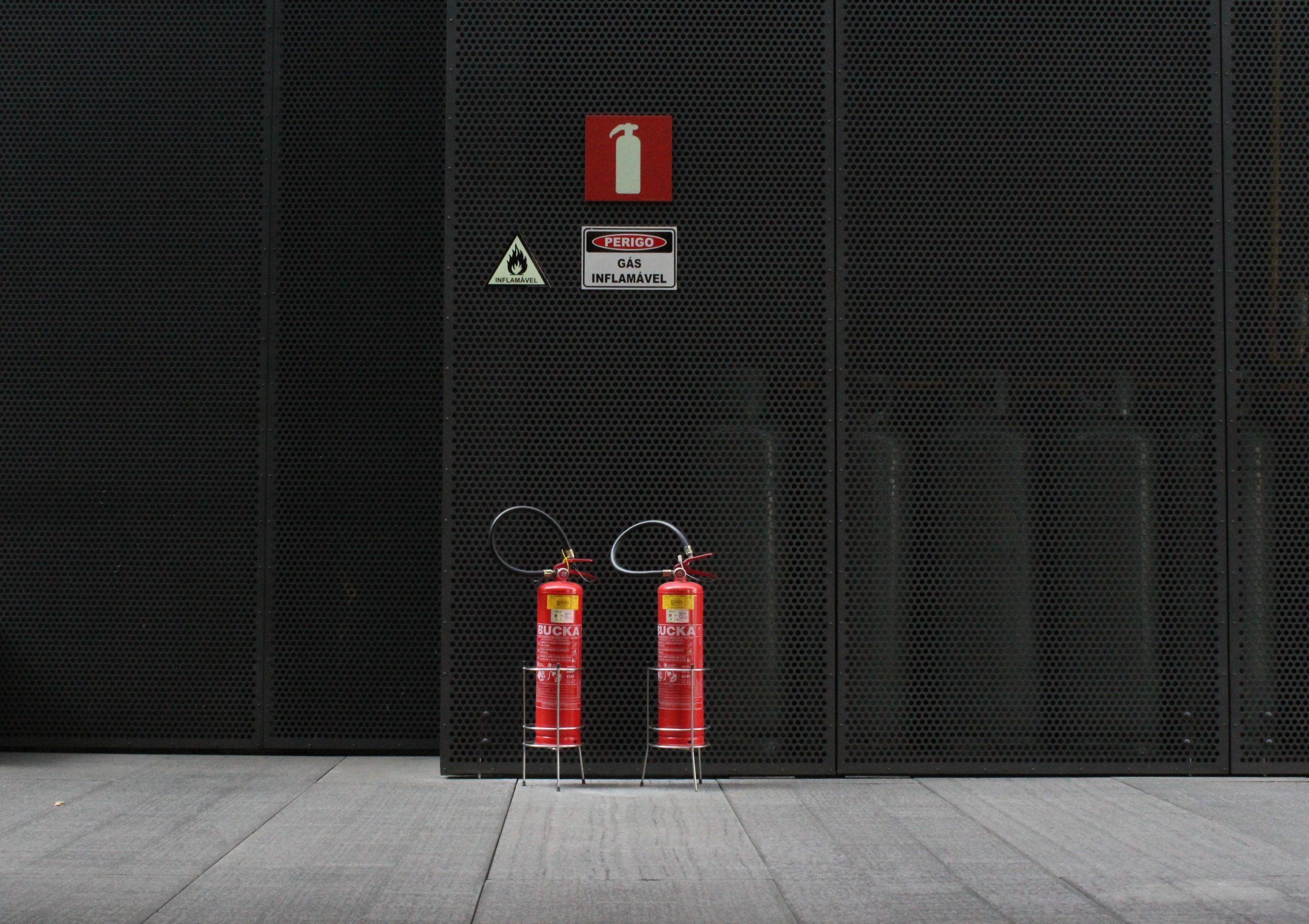Sydney’s fire safety laws are more than a simple checklist. At the core of the system is the Annual Fire Safety Statement (AFSS) the document that is not just a way to meet legal requirements but also demonstrates a building owner’s commitment to safety and accountability. Together with a Fire Safety Certificate, it is the base of an established framework that helps keep occupants safe, insurers reassured, and councils confident in the reliability of the city’s buildings.

What is the reason for an annual Fire Safety Statement
The requirement for an Annual Fire Safety Statement Sydney wasn’t designed as an exercise that could be done on paper. The requirement was formulated because regardless of how well the fire protection system constructed, it can only work if it is regularly maintained, tested and certified. A sprinkler installed ten years ago might look good but without an inspection, there is no guarantee that it will activate in an emergency.
The AFSS demands that property owners show, at a minimum, every year, that their fire safety measures, from alarms to hydrants, and even exit lighting, still meet the original standards established by the Building Code of Australia. The AFSS is more than an inspection but also a publicly-proclaimed declaration of the security and resilience of the building in the event of a major incident.
What is the difference between AFSS and Fire Safety Certificates?
Owners often make the mistake of confusing owners often confuse the Fire Safety Certificate with the annual report, however both certificates have different functions. The certificate will be issued after a installation has been completed or major upgrades are completed. It’s a way of confirming that new measures meet regulations before a building is used or rented. The AFSS is a step after the fact. It’s a continuous duty that ensures the systems meet the standards every year.
They create a protection cycle when they are used together: the certificates prove that the security systems were properly installed and the annual audits prove that the safety systems have been maintained over the lifetime of a structure. A failure to complete either step will weaken the whole chain.
The responsibility entrusted to building Owners
In New South Wales, the AFSS procedure is unique in that the owner of the property is the sole responsibility. Contrary to other forms of compliance, where a problem can be categorized as minor or major however, the AFSS system doesn’t allow the creation of a hierarchy. Even if one of the measures fails the entire statement will be invalid.
Owners need to be proactive. They must organize inspections, recruit accredited practitioners, arrange repairs, and submit documents with council–all while meeting strict deadlines. Councils for strata and commercial landlords are also responsible for coordinating with tenants, contractors, insurers, and contractors. Although challenging, the structure was designed to guarantee that security will never be compromised.
The impact of AFSS on Sydney
The AFSS is more than just legal compliance. Tenants often inquire about the current safety statements of a building before deciding to lease space. Likewise, insurers typically require a copy prior to deciding on insurance coverage. An annual fire safety statement which is current could affect the worth of a property renter’s confidence in the building, as well as insurance rates.
Councils can be reassured that the thousands of Sydney structures are systematically monitored. For fire departments this means that systems are more likely to be in operation during emergencies, which can reduce dangers to both the occupants and firefighters. The AFSS does not just focus on protecting buildings. It’s also about making the city safer as a whole.
Conclusion: AFSS as a Standard of Trust
It might seem like an administrative burden, however the annual Fire Safety Statement Sydney is actually a trust standard. It demonstrates that the safety of your home isn’t just left to chance. It shows the reliability of the equipment and also that homeowners are accountable for the well-being of their residents. When paired with a fire safety certificate, it completes a system that verifies both the installation and the ongoing performance of critical safety measures.
The conclusion for property owners is clear: AFSS is much more than a simple deadline. It’s a commitment to the community’s trust as well as accountability and safety. In the rapidly growing urban landscape of Sydney, where thousands rely on safe and compliant buildings, that dedication is what truly makes the AFSS important.

